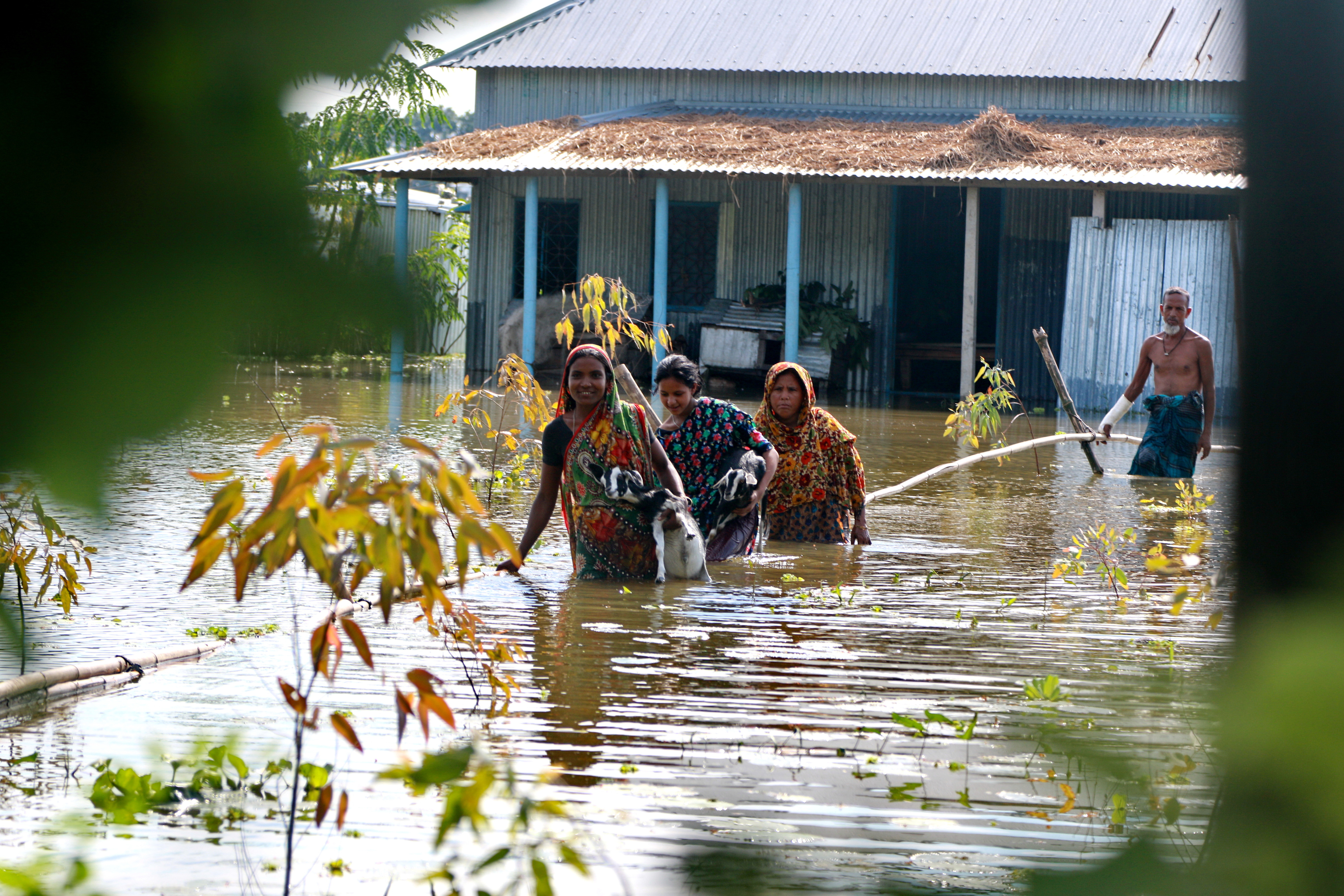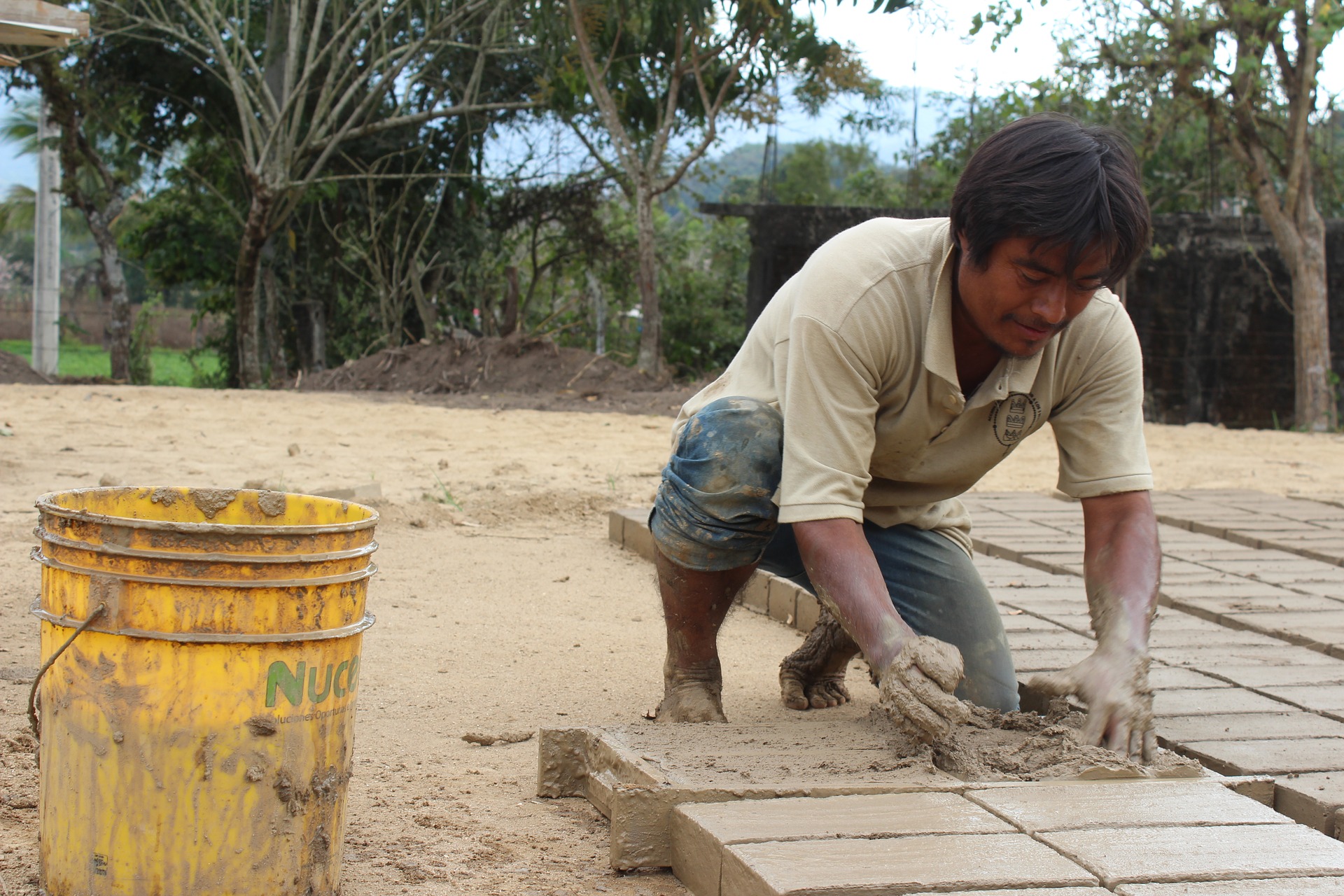The Intergovernmental Panel on Climate Change (IPCC) released a report earlier this year that should have sent shockwaves through the humanitarian sector – we are on track for a climate catastrophe. By 2050, more than 1 billion people may be displaced as a result.
The Global South has historically borne the brunt of the consequences of climate change despite being the least responsible for its development. In the coming decades, however, we in the Global North will experience the result of our inaction. Heatwaves, wildfires, and other extreme weather events will become more frequent and severe, testing a humanitarian system that is ill-prepared for the coming crises. Global solidarity could decline.
With COP26 now underway in Glasgow, the urgency of climate change and the question of how best to mitigate its effects, is more pertinent than ever. How will governments and NGOs choose to respond?
When I think of the long road ahead, two things come to mind. First, the number of climate-related disasters has increased five-fold in the last fifty years, leaving more and more people in need of assistance and protection; this is happening now and global inaction will only exacerbate that further. Humanitarians around the world will need the skills and knowledge to respond to the climate crisis; adaptation, risk reduction, and resilience are, and will be, essential.

For RedR, building the capacity of local humanitarians to respond to the climate crisis is a priority; training more aid workers and training them locally is one way to meet the growing need for humanitarian aid.
Since 2018, RedR UK has provided climate change adaptation and disaster risk reduction (CCADRR) training in the Philippines and Bangladesh, training local aid workers and communities in how to integrate climate change into their projects and how best to protect themselves against climate hazards. This year, we expanded the CCADRR programme to East Africa. The project focuses on locations vulnerable to climate hazards, be it drought, cyclones, or flooding, and we’re flexible in adapting it to different contexts.
Simply put, the more people we train, the greater the likelihood that disasters can be contained and responded to locally, without requiring international assistance.
This links to my second point – we have to ‘green’ the humanitarian system.
Every humanitarian response has a carbon footprint. Flying international aid workers into a disaster zone, delivering hundreds of non-degradable plastic tarpaulins, and building quick but often temporary shelters with materials delivered by extensive and expensive supply chains, does not benefit the environment. According to the Red Cross, flying 120 metric tons of relief materials over 2,000km produces a staggering 325 metric tons of carbon dioxide emissions and for reference, an average passenger vehicle produces around 4.6 metric tons of carbon dioxide per year.

Although the value of aid itself is beyond doubt, the process of implementing aid needs to be more sustainable than it is at present. There’s a carbon cost for every aid worker deployed overseas, with aid agencies still overwhelmingly dependent on polluting fuels in areas like logistics and electricity generation.
As humanitarians, we subscribe to the ‘do no harm’ principle when assisting those in need. Why do we not apply this principle to the environment? By harming the environment, we contribute to climate change, which in turn can increase the frequency and severity of disasters to which we then respond. It’s a vicious circle.
One of the best ways of breaking this circle is by ensuring humanitarian action is as local as possible. While international deployments may still be necessary in some cases, they should be dependent on context rather than the go-to response whenever disaster strikes. By contrast, locally led responses mean fewer logistics, and less pollution as a result. Building capacity of local actors through training is imperative to help give these responses the best chance of success.
RedR UK has the benefit of extensive links with the private sector, which can also play a role in facilitating a greener humanitarian system. Our patrons and partners have valuable skills in renewable energy and climate resilient infrastructure, for example. As an international NGO, we can link these skills to humanitarian contexts.
The shift towards more localisation as well as a ‘greener’ humanitarian system will be key to address the worrying pace of climate change. The IPCC report – stark, declarative, true – predicts a future we are beginning to witness already. COP26 has cast the spotlight on climate change, and the humanitarian sector must act urgently.